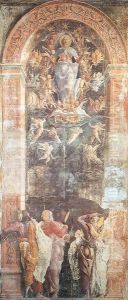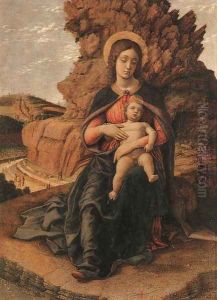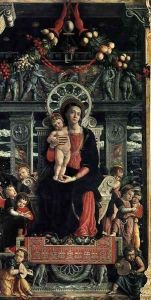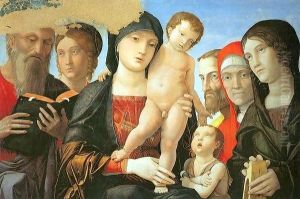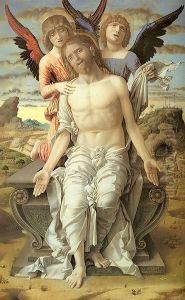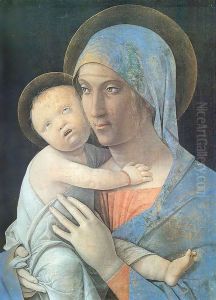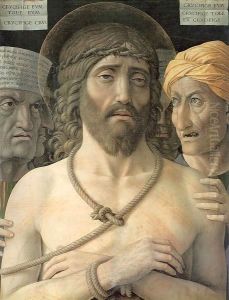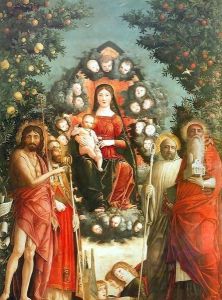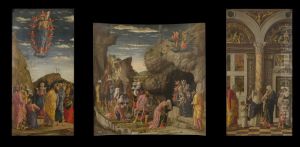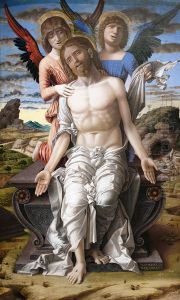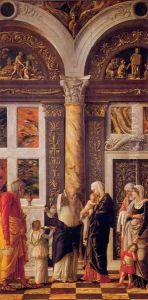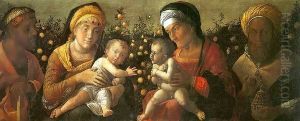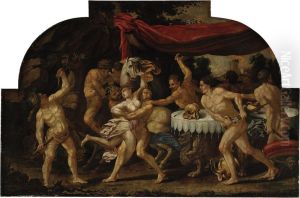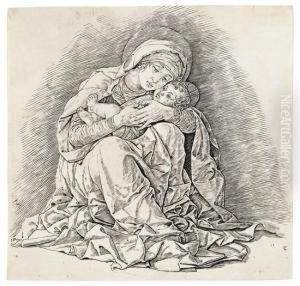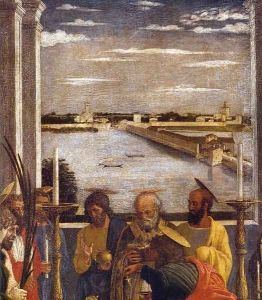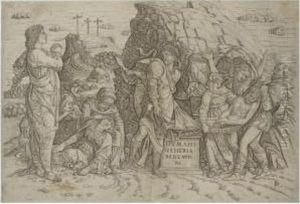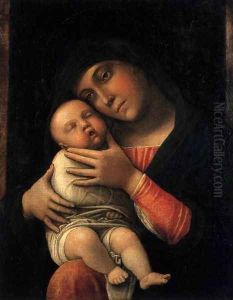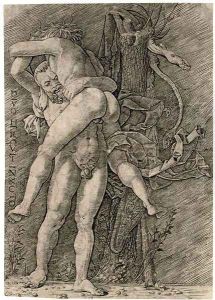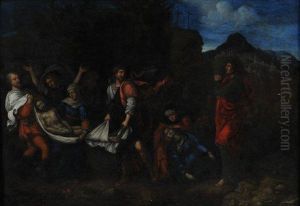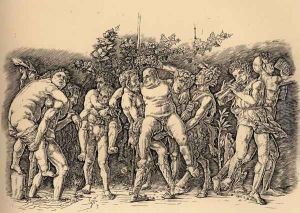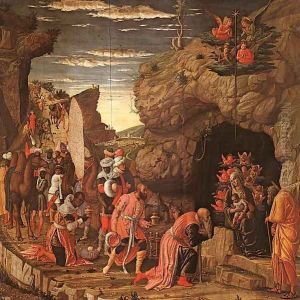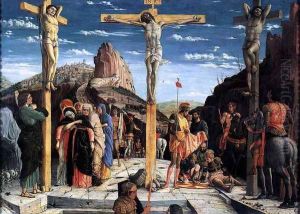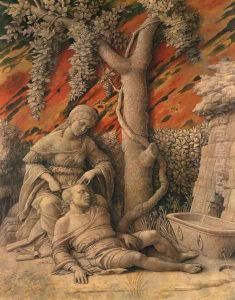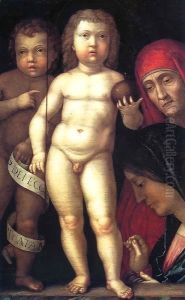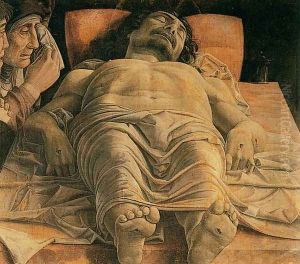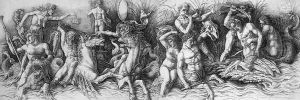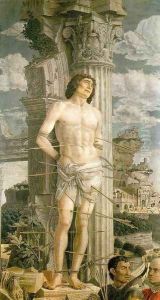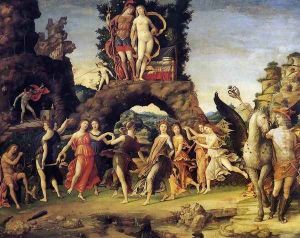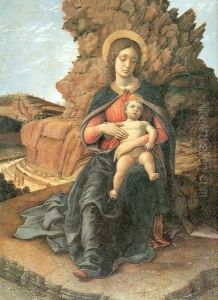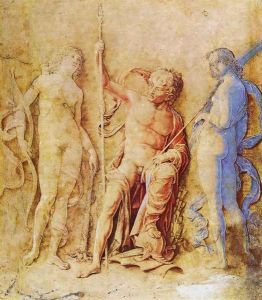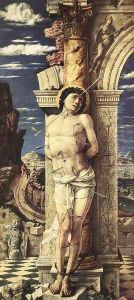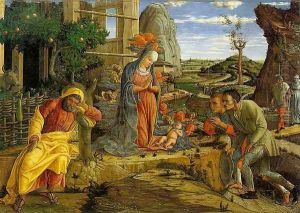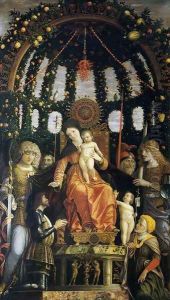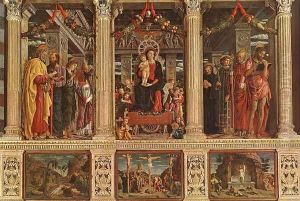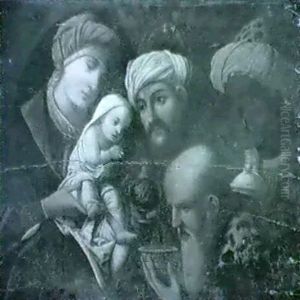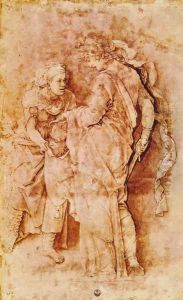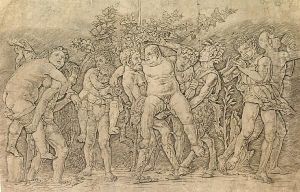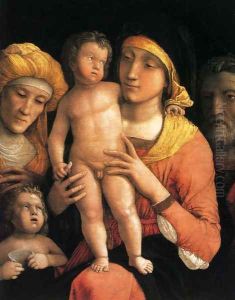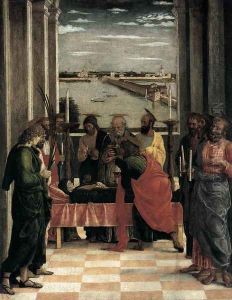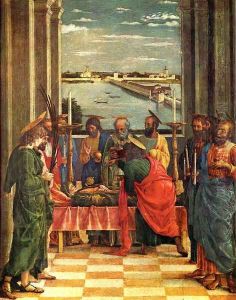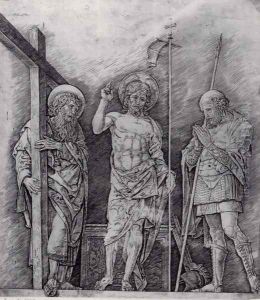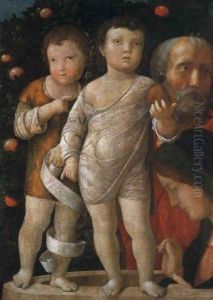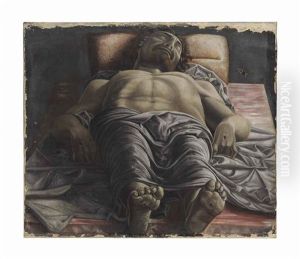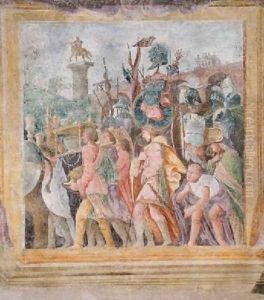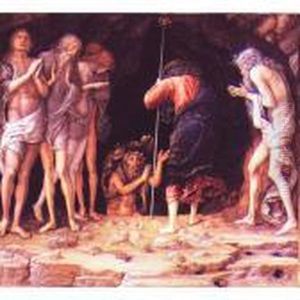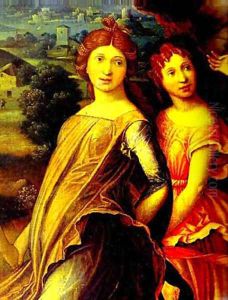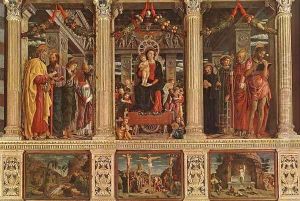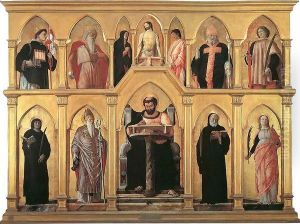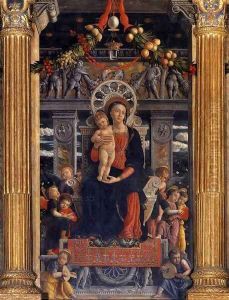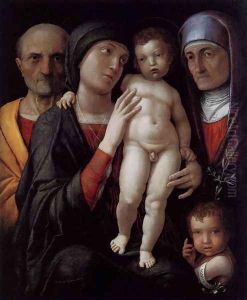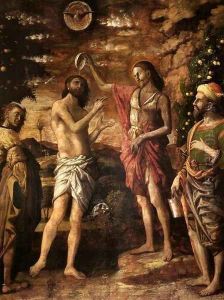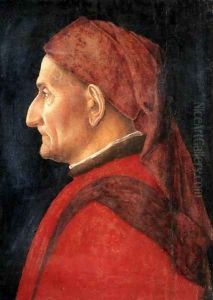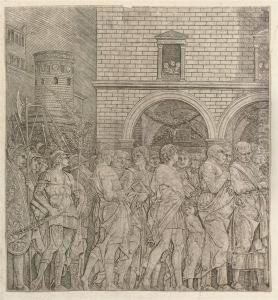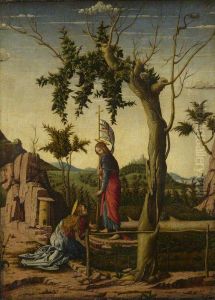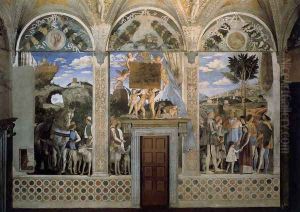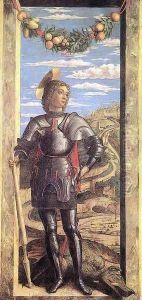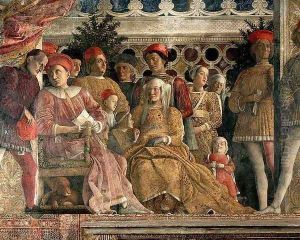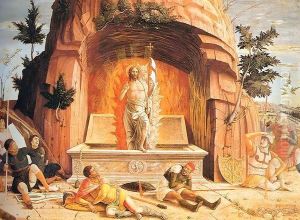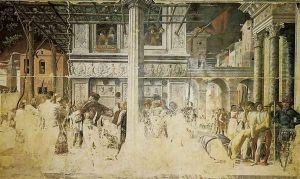Andrea Mantegna Paintings
Andrea Mantegna was an Italian painter, a prominent artist of the Early Renaissance. Born in 1431 in Isola di Carturo, which is now part of modern-day Italy, Mantegna was a figure whose works bridged the classical and the modern, blending deep respect for antiquity with the innovative techniques of the Renaissance. His early life was marked by his apprenticeship under Francesco Squarcione in Padua, an experience that would significantly influence his artistic style and preference for classical antiquity themes. However, Mantegna's relationship with Squarcione soured, leading to a legal emancipation from his teacher, a rare and bold move for the time. Despite this, Mantegna's talent was undeniable, and he quickly established himself as a sought-after artist.
Mantegna's work is renowned for its incredible detail, mastery of perspective, and a unique blend of realism and idealism. One of his most famous works, the frescoes in the Camera degli Sposi (Bridal Chamber) in the Ducal Palace, Mantua, showcases his innovative use of perspective to create the illusion of a three-dimensional space on a flat surface, a technique that was revolutionary at the time. Mantegna's ability to convey texture, emotion, and depth set him apart from his contemporaries and solidified his place in art history.
In 1460, Mantegna entered the service of Ludovico III Gonzaga, the Marquis of Mantua, and became a court painter, a position he held for the rest of his life. This period was marked by significant commissions, including altarpieces, frescoes, and chamber decorations, that allowed him to fully explore and express his artistic vision. His fascination with classical antiquity is evident in many of his works from this period, which often incorporate architectural elements, sculptures, and motifs from ancient Rome and Greece.
Mantegna's influence extended beyond his lifetime, affecting the development of Italian art and paving the way for future generations of artists. His meticulous attention to detail, combined with his innovative use of perspective and foreshortening, inspired artists such as Albrecht Dürer, who visited Mantegna in Italy. Mantegna's legacy is that of a master who could blend the ancient and the modern, the realistic and the idealistic, creating works that continue to captivate and inspire. He died in 1506, but his contribution to the Renaissance and to the art world remains indelible.
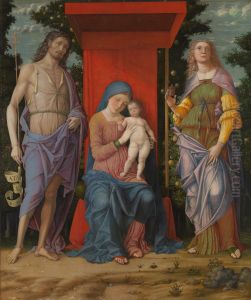
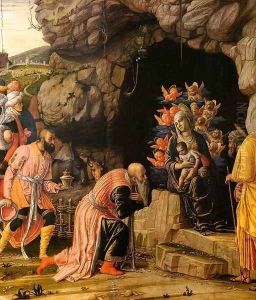
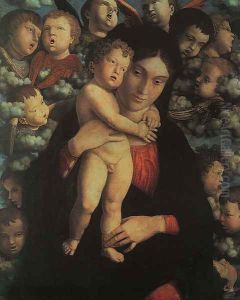
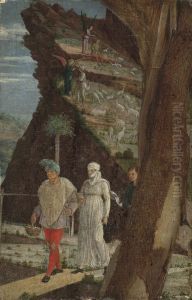
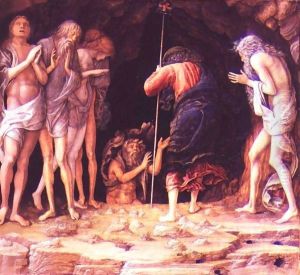
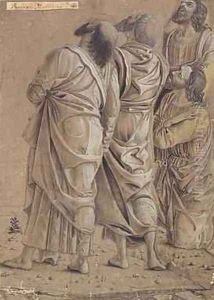
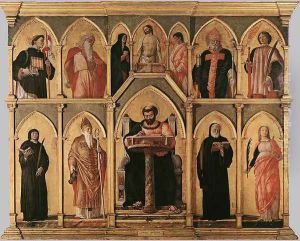
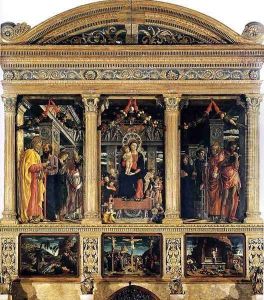
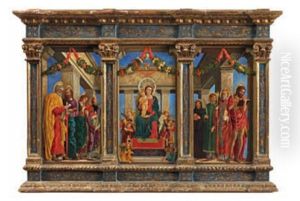
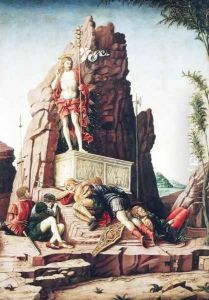
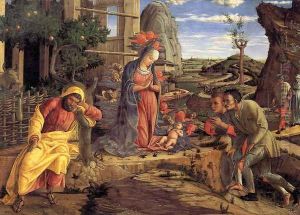
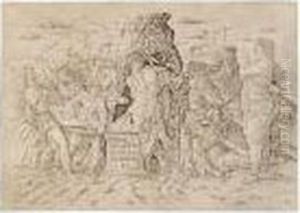
![Ecce Homo [Behold the Man].](https://www.niceartgallery.com/imgs/4602114/s/andrea-mantegna-ecce-homo-behold-the-man-6cb7264b.jpg)
